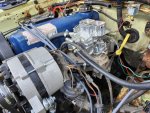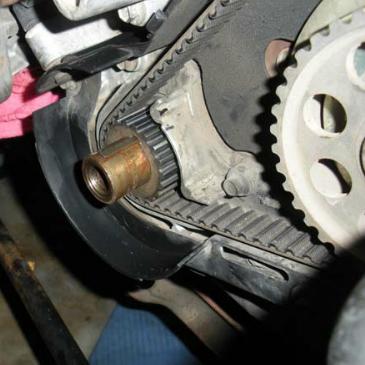Hello, I'm new here. I bought a shell of a 76 Pinto with an engine that was not in it. Turns out the engine block had the casting number out of an 83 something or other. Bottom end was fine but the head was seized up. I had the head rebuild, got the car together and fired up. Then something happened and I lost compression in all four cylinders (not timing belt or anything along those lines) all at the same time. I took it to a real mechanic and he said it was a head issue.
I took the head back off and took it to my head guy and he went back through it and changed the valve springs out for dual springs because between him and my mechanic, they thought the lifters were not compressing enough. I put the car back together and it ran great. I even was able to drive it around the block. A couple days later I went to go play with it and the same thing happened. I lost all compression in all cylinders at the same time after it started up and only ran for maybe 2 seconds.
Does anyone here have any ideas? We are all stumped on this one.
I took the head back off and took it to my head guy and he went back through it and changed the valve springs out for dual springs because between him and my mechanic, they thought the lifters were not compressing enough. I put the car back together and it ran great. I even was able to drive it around the block. A couple days later I went to go play with it and the same thing happened. I lost all compression in all cylinders at the same time after it started up and only ran for maybe 2 seconds.
Does anyone here have any ideas? We are all stumped on this one.
Attachments
Last edited:














